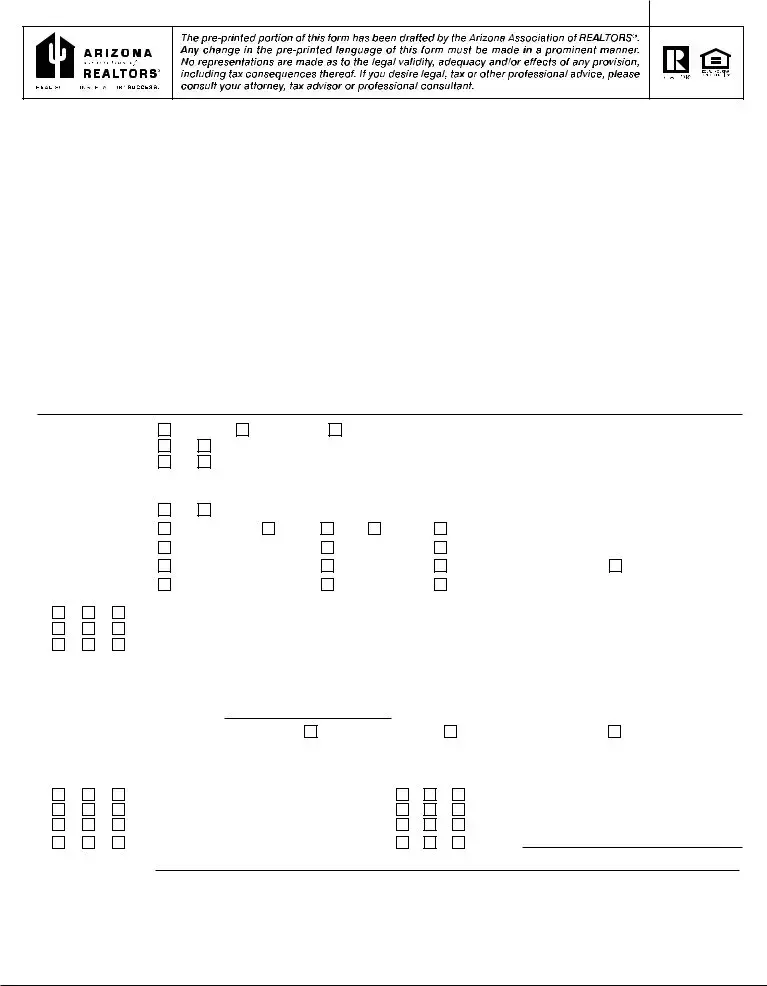What is the purpose of the Arizona Loan Status Update (LSU) form?
The Arizona Loan Status Update (LSU) form serves as a critical communication tool between the buyer, lender, and seller during a real estate transaction. Its main purpose is to keep all parties informed about the current status of the buyer's mortgage application process. By outlining the progress of the loan, from pre-qualification to closing, it ensures transparency and helps in maintaining the timelines outlined in the real estate contract.
When should the LSU form be submitted in the process of a real estate transaction?
According to the stipulations set out in the contract, the buyer is required to deliver the LSU to the seller within five days after the acceptance of the contract. Furthermore, the lender is instructed to provide updated LSUs to both the broker(s) and seller upon request, ensuring that all parties are kept up-to-date with the latest developments in the loan process.
Who is responsible for filling out and updating the LSU form?
The lender, as indicated on the form, bears the primary responsibility for filling out and updating the LSU. The buyer initiates this process by instructing the lender to complete and provide updates on the form as required. It's essential for the lender to provide accurate and timely updates to facilitate smooth communication between all parties involved in the transaction.
What type of information is included in the LSU form?
The LSU form encompasses a wide range of information related to the buyer's loan application. This includes pre-qualification details, the type of loan, occupancy, property type, lender's details, and specifics about the buyer’s financial situation such as income, assets, debts, and the pre-qualification loan amount. The form also tracks the progress of various stages in the loan process, from initial documentation submission to loan approval and closing activities.
What happens if there are delays or issues with the loan application as reported on the LSU?
If delays or issues arise with the loan application as reported on the LSU, it's imperative for the lender to communicate these developments promptly. This allows all parties involved to address the concerns and make necessary adjustments to the timeline or terms of the contract, if applicable. Transparency and open communication facilitated by the LSU help in mitigating any potential impacts on the closing process.

